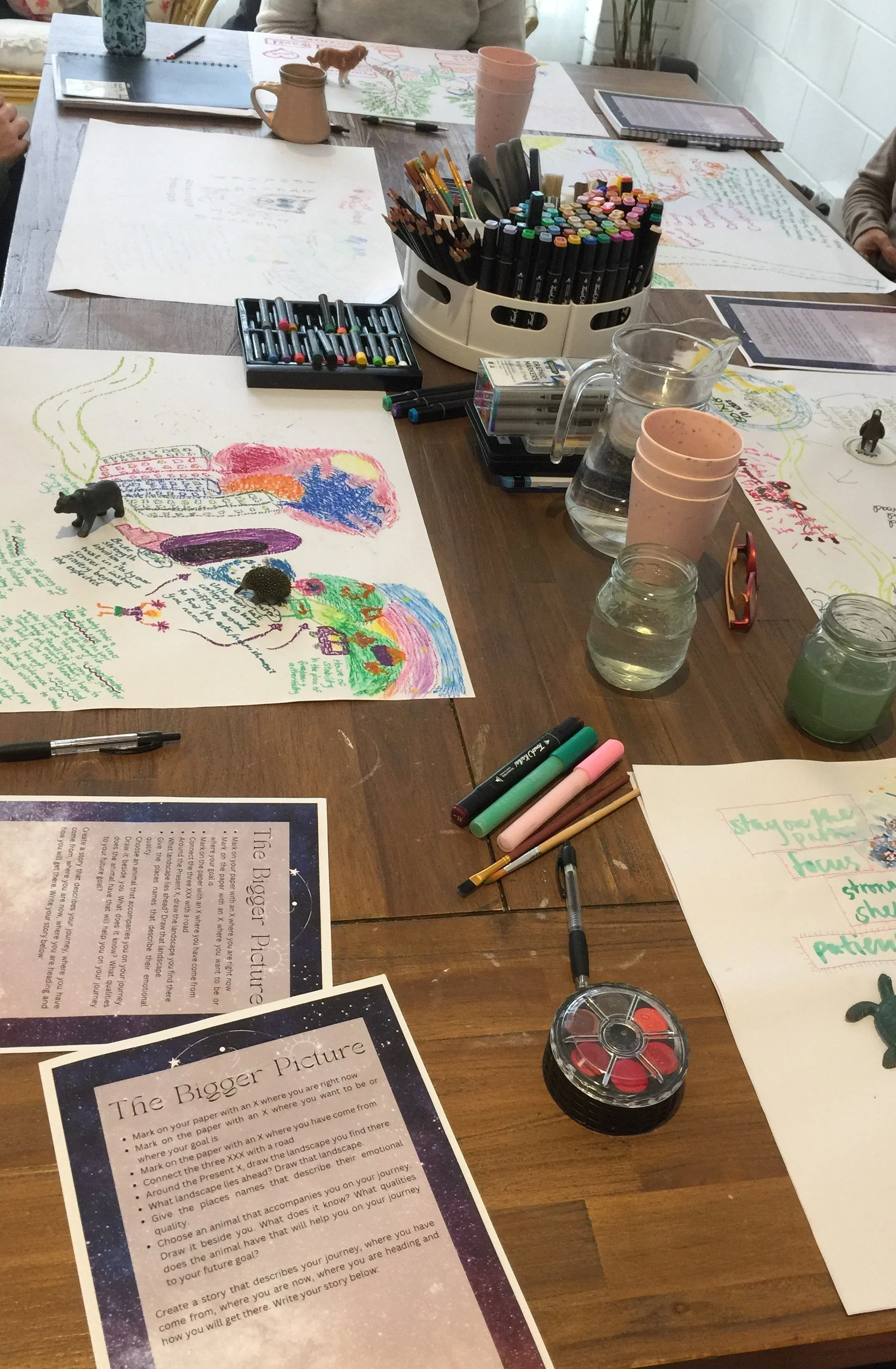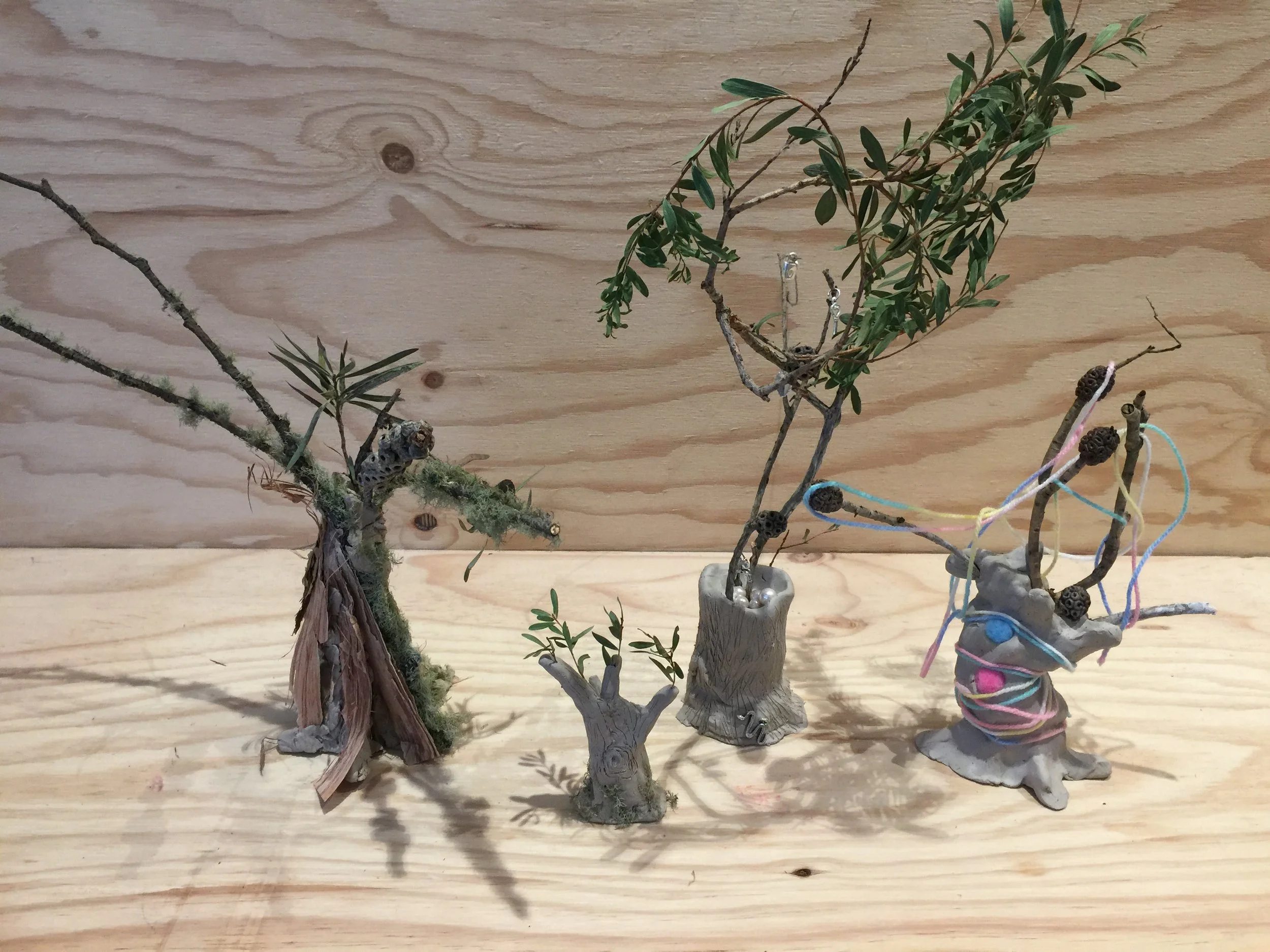Art Therapy.
Art therapy involves using creative processes to help you explore emotions and self-expression in a safe and supported way.
Through our art your life group you will be guided through different exercises, using a variety of techniques that may include collage; drawing; painting; colouring; sculpting and more.
No artistic background or skill is required. We foster a curious, reflective approach, free of judgement, that is open and welcoming to all.
When emotions are hard to express or make sense of, art therapy can provide the tools to help you:
express your feelings
cope with stress
lower anxiety
boost your mood and self confidence
enhance your social skills and build relationships
gain new personal insights

Art your Life
Through our art your life group you will be guided through different exercises, using a variety of techniques that may include collage; drawing; painting; colouring; sculpting and more.
No artistic background or skill is required. We foster a curious, reflective approach, free of judgement, that is open and welcoming to all.
When emotions are hard to express or make sense of, art therapy can provide the tools to help you
Clayfield Therapy
Clayfield Therapy (also known as the Clay Field Therapy or Work at the Clay Field) is a non-verbal, body-based therapeutic method that uses clay as a medium for deep emotional and sensory exploration. It’s often used in trauma-informed, developmental, and somatic approaches to therapy, and can be adapted for use by Occupational Therapists (OTs), especially those working in mental health, pediatrics, or sensory integration.
What is Clayfield Therapy?
In Clayfield Therapy, a person works with a large flat box of moist clay using their hands only—no tools, no instructions. The therapist does not direct the activity, but instead holds a safe, observing presence while the client engages with the clay.
The goal is not to create art, but to allow the body to express and process emotions, experiences, or developmental stages through tactile and sensorimotor interaction.
Core Principles:
Sensory-based: Engages the tactile system deeply (touch, pressure, temperature).
Developmentally informed: Can support re-integration of early sensorimotor developmental stages.
Non-verbal: Allows access to preverbal or non-conscious trauma, emotion, or memory.
Body-centered: Uses the body’s innate movement and touch patterns to process experience.
Client-led: No artistic goal, no interpretation by the therapist, only presence and reflection.
OT Perspective: Why It’s Valuable
Occupational Therapists may use Clayfield Therapy to help clients:
Develop or repair sensory processing and regulation
Access and resolve developmental trauma
Reconnect with the body and sense of self
Improve fine motor skills, tactile discrimination, and hand strength
Engage in safe emotional expression without needing to talk
Suitable Populations:
Children with trauma histories or attachment issues
Autistic individuals or those with sensory processing disorder
Adults healing from complex trauma or PTSD
Clients with anxiety, emotional dysregulation, or shutdown states
People with difficulties in body awareness or coordination
What Happens in a Session?
The client places hands in a large box of moist clay (usually on a table).
They explore the clay freely—pushing, digging, smoothing, shaping.
The therapist does not analyze but may reflect the process gently ("I notice you're pressing very hard on that edge").
The work is more about how the clay is handled than what is made.
OT Goals Might Include:
Improved tactile tolerance or sensory modulation
Rebuilding sensorimotor developmental foundations
Safe expression of non-verbal emotional material
Increased body awareness and grounding
Enhanced emotional regulation through somatic release
Integration in OT:
Clayfield Therapy can be integrated with:
Sensory Integration Therapy
Somatic Experiencing or body-based trauma work
Developmental trauma-informed care
Play therapy or expressive arts therapy
Attachment-based OT approaches


